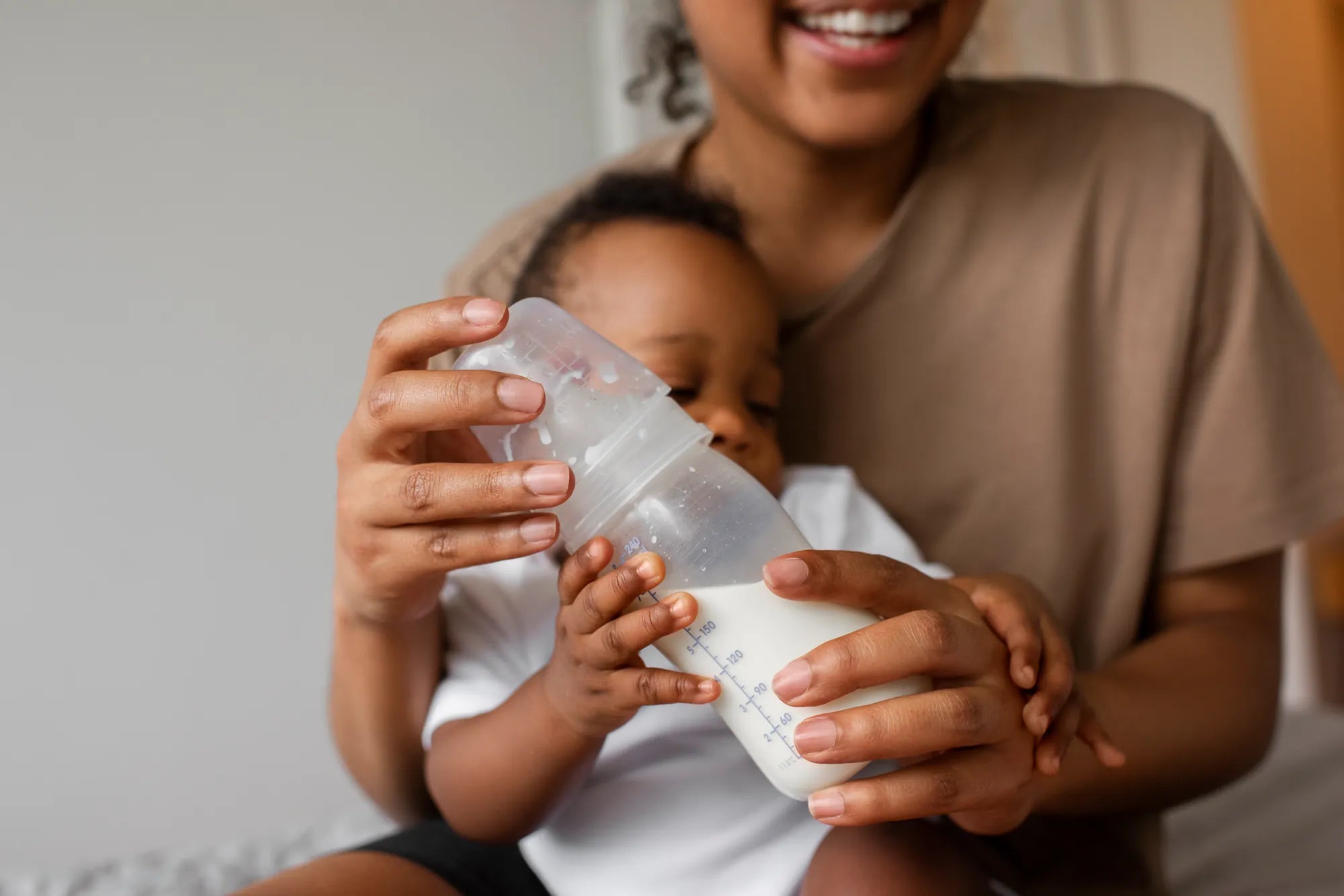Home
Pregnancy, Breastfeeding, and Pumping: The Ultimate Guide for Moms
How Should Nipple Fit in Breast Pump: A Comprehensive Guide

How Should Nipple Fit in Breast Pump: A Comprehensive Guide
When it comes to expressing milk, the fit of your nipple in a breast pump is a game-changer. A proper fit ensures comfort, maximizes milk output, and prevents potential issues like pain or damage. If you've ever wondered, 'How should nipple fit in breast pump?' you're not alone. This guide dives deep into everything you need to know to achieve the perfect fit and make your pumping experience as smooth as possible.
Why Proper Nipple Fit Matters
The nipple is the focal point of the breast pump, and its fit directly impacts your pumping experience. A well-fitted nipple shield or flange allows for efficient milk expression, reduces discomfort, and minimizes the risk of nipple trauma. On the other hand, an ill-fitting pump can lead to soreness, reduced milk supply, and even long-term damage to breast tissue.
How to Determine the Right Fit
Finding the right fit starts with understanding your nipple size. Most breast pumps come with standard-sized flanges, but these may not suit everyone. To measure your nipple, use a ruler or a specialized measuring tool. The diameter of the flange should be slightly larger than your nipple, allowing it to move freely without causing friction. If your nipple rubs against the sides or feels compressed, the flange is too small. Conversely, if too much of your areola is pulled into the tunnel, the flange is too large.
Signs of an Improper Fit
Recognizing the signs of an improper fit can save you from unnecessary discomfort. Common indicators include pain during or after pumping, redness or swelling of the nipple, and decreased milk output. If you notice these symptoms, it's time to reassess your nipple fit and consider trying a different flange size.
Tips for Achieving the Perfect Fit
Here are some practical tips to ensure your nipple fits perfectly in your breast pump:
- Measure your nipple regularly, as size can change over time due to factors like engorgement or breastfeeding frequency.
- Experiment with different flange sizes to find the one that feels most comfortable and effective.
- Use lubrication, such as nipple cream or coconut oil, to reduce friction and enhance comfort.
- Adjust the suction settings on your pump to a level that feels comfortable yet effective for milk expression.
Troubleshooting Common Issues
Even with the right fit, you may encounter some challenges. For instance, if your nipple swells during pumping, it could be due to excessive suction. Try lowering the suction level and see if it helps. If you experience persistent pain or discomfort, consult a lactation consultant or healthcare provider for personalized advice.
Maintaining Your Breast Pump
Proper maintenance of your breast pump is essential for ensuring a good fit and optimal performance. Regularly inspect the flanges for signs of wear and tear, and replace them if necessary. Clean all pump parts thoroughly after each use to prevent bacterial growth and maintain hygiene.
Mastering how your nipple should fit in a breast pump is key to a positive pumping experience. By understanding the importance of proper fit, measuring accurately, and troubleshooting issues, you can make the process more comfortable and efficient. Whether you're a new mom or a seasoned pro, taking the time to ensure the right fit will pay off in the long run. Ready to optimize your pumping routine? Start by checking your nipple fit today!
Share

